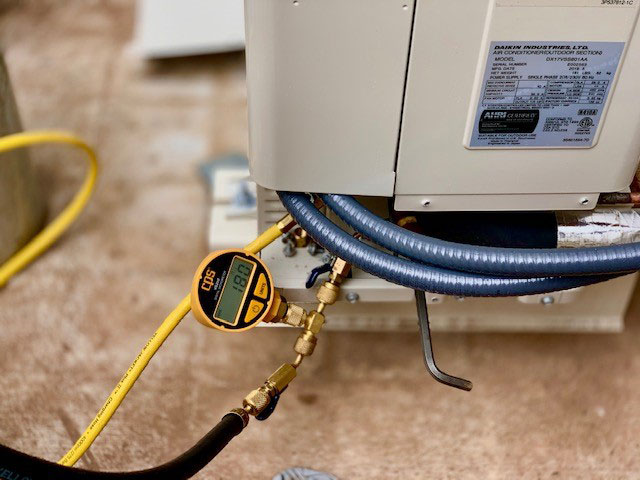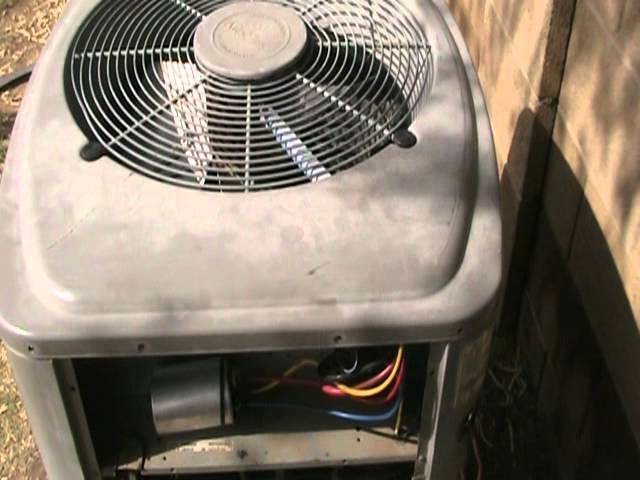
Air conditioning has become an indispensable part of modern life, shaping not just our comfort but also our productivity and health. However, the journey of air conditioning technology from its humble beginnings to the sophisticated systems we have today is a fascinating tale of innovation, necessity, and environmental consciousness.
The Early Beginnings: Ancient Methods of Cooling
While the concept of air conditioning may seem like a modern invention, its roots can be traced back to ancient civilizations. Early methods of cooling involved simple techniques such as hanging wet cloth in windows or using hand-operated fans to create a breeze. In ancient Rome, wealthy citizens circulated aqueduct water through the walls of their homes to cool the indoor temperature—a primitive form of radiant cooling.
The Birth of Modern Air Conditioning: 19th Century Innovations
The modern era of air conditioning began in the 19th century with breakthroughs in refrigeration technology. In 1820, British scientist Michael Faraday discovered the principle behind refrigeration, laying the groundwork for future advancements. However, it was Willis Carrier who is credited with inventing the first electrical air conditioning unit in 1902. Carrier’s invention revolutionized various industries, including manufacturing, medicine, and agriculture, by controlling humidity and temperature.
Advancements in the 20th Century: From Window Units to Centralized Systems
Throughout the 20th century, air conditioning technology continued to evolve rapidly. Window units became popular in residential settings, offering individualized climate control for homes and apartments. Meanwhile, central air conditioning systems emerged, providing more efficient cooling for larger buildings and commercial spaces.
The introduction of chlorofluorocarbons (CFCs) as refrigerants in the mid-20th century significantly improved the efficiency of air conditioners. However, concerns about their impact on the ozone layer led to the development of more environmentally friendly alternatives in the late 20th century.

Energy Efficiency and Environmental Sustainability: A 21st Century Imperative
In the 21st century, air conditioning technology is undergoing a profound shift towards greater energy efficiency and environmental sustainability. Innovations such as variable refrigerant flow (VRF) systems and geothermal heat pumps are revolutionizing the industry by reducing energy consumption and greenhouse gas emissions. If you’re looking for the best air conditioning service, visit their page to learn more.
Moreover, the integration of smart technology and artificial intelligence (AI) into air conditioning systems is enabling more precise control and optimization of energy usage. Smart thermostats, for example, can learn occupants’ preferences and adjust settings accordingly, leading to further energy savings.
The Future of Air Conditioning: Towards Carbon Neutrality
Looking ahead, the future of air conditioning lies in carbon-neutral technologies that minimize environmental impact while maximizing comfort and efficiency. Researchers are exploring alternative refrigerants with lower global warming potential (GWP) and developing innovative cooling solutions powered by renewable energy sources such as solar and wind.
Furthermore, advancements in material science and nanotechnology may lead to the development of next-generation cooling materials that surpass the efficiency of traditional air conditioning systems. From passive cooling materials to wearable personal cooling devices, the possibilities for innovation are limitless.
In conclusion, the evolution of air conditioning technology from ancient methods of cooling to sophisticated modern systems is a testament to human ingenuity and our relentless pursuit of comfort and convenience. As we continue to confront the challenges of climate change and energy sustainability, the air conditioning industry must embrace innovation and collaboration to create a more sustainable and equitable future for all.



